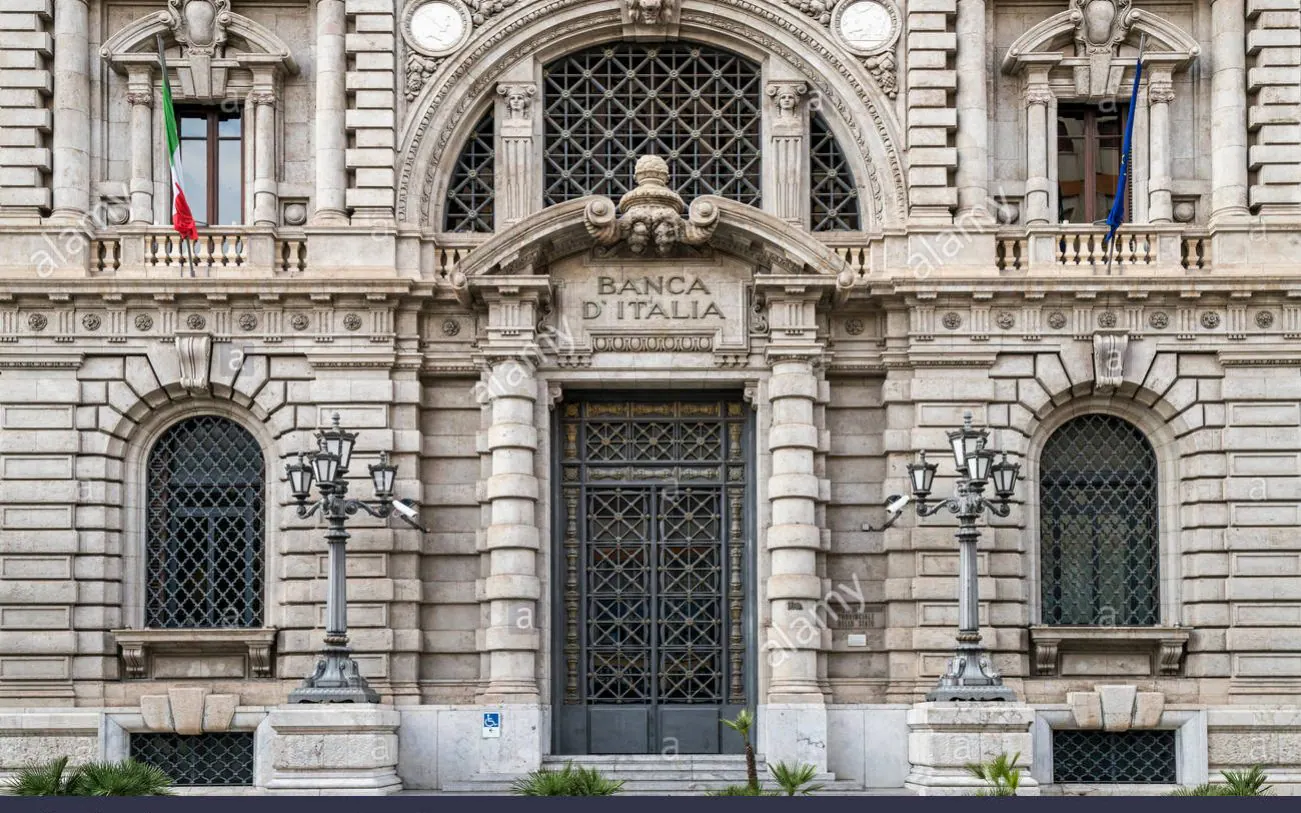Italy’s top banking authority is advocating for a robust and risk-based regulatory framework for stablecoins in order to prevent a worst-case scenario of a “run” on stablecoins.
The central bank’s latest report, titled “Markets, Infrastructures and Payment Systems” for June, emphasizes the need for regulators to apply financial conduct standards to stablecoin issuers.
The report highlights the significant consumer harm caused by the rise of cryptocurrencies and the boom and bust cycles experienced in an unregulated environment.
The Italian bank considers stablecoin issuers to be a priority for regulatory attention due to their close connection to decentralized finance (DeFi).
It asserts that implementing a strong and risk-based regulation of stablecoins is crucial to reduce the fragility of the DeFi ecosystem, given the asset class’s prominent role in decentralized finance.
Furthermore, the report states that stablecoins have not proven to be stable at all, citing the collapse of Terra’s algorithmic stablecoin, TerraClassicUSD (USTC), in May 2022.
The bank argues that the industry needs to dispel the “decentralization illusion” by recognizing that many decentralized protocols are controlled by core stakeholders who often benefit disproportionately.
The Italian banking authority suggests that such projects should be required to operate within traditional, accountable business structures before participating in the regulated financial sector.
However, the report clarifies that not all crypto assets or activities should be subject to financial services regulation.
It proposes that regulation should primarily focus on those crypto assets that serve customers’ financial needs through payment or investment functions.
In addition to financial applications, the report acknowledges the non-financial use cases enabled by blockchain technology, including decentralized identification, real estate, supply chain management, voting, and carbon credits.
Italy’s central bank also emphasizes the importance of international cooperation and the establishment of an international regulatory framework.
Since the technology operates beyond national borders, a coordinated effort is necessary to effectively regulate the crypto industry.
In conclusion, Italy’s top banking authority calls for a robust and risk-based regulatory approach to stablecoins, highlighting the need to prevent “runs” on stablecoin issuers.
It emphasizes the connection between stablecoins and DeFi and advocates for synchronization in policy interventions.
The report also emphasizes the importance of dispelling the illusion of decentralization and suggests international cooperation for the establishment of a regulatory framework.
Other Stories:
Sale of FTX’s $500 Million Stake In AI Startup Paused, Hindering Efforts To Fill $2 Billion Gap
Bitcoin (BTC) Miners Experience Record Surge in Revenue Sent to Exchanges
Drop Wireless, NextEPC To Reshape The Future Of Cellular Connectivity And Bridge The Digital Divide




